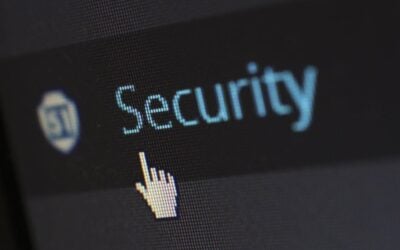Tired of MFA Prompts? That Might Be Exactly What Hackers Want
Your phone buzzes—then again…and again. At first, you ignore it. Eventually, you just hit “Approve” to stop the noise. Sound familiar? If so, you’ve already experienced the pressure tactic behind MFA fatigue attacks.
This isn’t a bug or an annoying glitch. It’s a strategy—and it’s surprisingly effective.
What Is MFA Fatigue?
MFA fatigue (also called push bombing) is when hackers bombard you with multi-factor authentication (MFA) requests in the hope that you’ll eventually approve one by accident—or just out of frustration. It’s a psychological game, not a technical one.
Attackers don’t even need your device or your second factor. They just need your login credentials, which they often get from previous data breaches or the dark web. Once they have that, they flood your MFA app with login requests.
At that point, all it takes is one slip.
Why Do People Fall for MFA Fatigue?
These attacks thrive on human behavior.
You’re tired. You’re in the middle of dinner. It’s late and you’re half asleep. When the tenth notification hits, it’s easy to convince yourself it’s just a glitch. You press “Approve” to shut it down.
That’s exactly what the hacker is counting on.
The moment you approve one of those requests, you’re effectively handing them the keys to your account.
What Happens After You Hit “Approve”?
Unfortunately, attackers don’t just snoop around after gaining access. They act fast—and with a plan.
Here’s what they often do next:
-
Steal sensitive data
-
Change your MFA settings so they can log in again
-
Launch further attacks using your compromised access
If your account belongs to a company admin or team leader, the damage can be widespread. One compromised account can lead to a domino effect across an entire organization.
A Real-World Example: When One Tap Turns Into a Crisis
Picture this: You’re a project manager at a mid-sized firm. It’s nearly midnight, and your phone won’t stop buzzing. Groggy and irritated, you hit “Approve.”
By morning, your email has been hijacked. Sensitive files are missing. And worse, phishing emails were sent from your name to your team and clients.
Now you’re facing internal audits, client trust issues, and an expensive incident response.
This isn’t a far-fetched “what if.” It happens all the time. According to Microsoft, MFA fatigue attacks are increasing in frequency and sophistication, with hundreds of thousands reported each year.
How to Protect Yourself from MFA Fatigue Attacks
Staying secure doesn’t require advanced tech skills—it just requires awareness and a few smart habits.
1. Never Approve Unexpected Requests
If you weren’t trying to log in, don’t hit approve. Ever.
2. Switch to Number Matching MFA
Number matching makes it harder for attackers to trick you. Instead of a simple “Approve” button, you’ll need to input a number displayed on the login screen. This ensures you’re in control of the request.
Microsoft Authenticator and other apps now offer this more secure option.
3. Alert IT or Security Teams Immediately
If you get a flood of MFA requests out of the blue, report it. This might be the early warning sign of a breach attempt. Don’t have an IT/Security Team? Contact us to get comprehensive Managed IT Services for your business.
4. Use Device Alerts and Logs
Review login alerts from trusted security tools. Many will notify you if a login attempt comes from a new device or location.
Final Thoughts: Stay Calm, Stay Vigilant
MFA is a great tool—but only when used properly. Hackers are counting on you to get tired, distracted, or annoyed. Don’t let frustration lower your guard.
Stay alert, implement number matching, and think before you tap.




